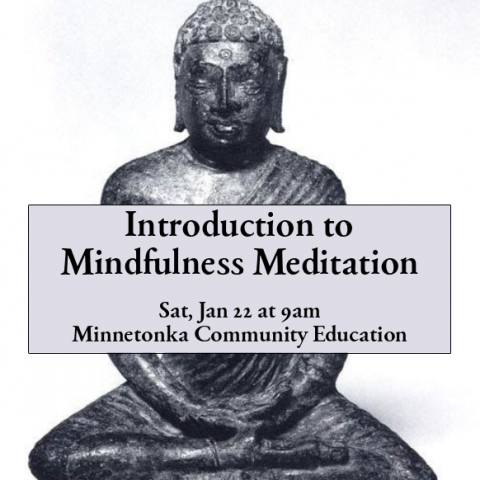The first foundation of mindfulness is contemplation of the body (kayanupassana). When you learn to listen to your body and stay with sensations, you can become more grounded and less reactive. Contemplation of the body helps you make friends with your body, and accept the fact that this vessel is just a temporary form. Scientific research suggests that simply paying attention to your body helps ward off disease, improves cognitive and emotional functioning, and much more. However, staying present with the sensations in your body is as challenging as it is simple.
Mindfulness of the body can take a wide variety of forms, with perhaps the most well-known being mindfulness of breathing (ānāpānasati). You don’t need to make an effort. You breathe in, you breathe out. The Buddha practiced mindfulness of breathing on the night of his enlightenment, and for the rest of his life he continued a breath practice. The breath is always there, rhythmically moving. You feel the breath without thinking about it or arriving at ideas about it. Breath awareness leads to a relaxation response and reduced stress.
Lots of day-to-day activities can help cultivate a connection to the body, and you don't have to be sitting to practice mindfulness of the body — it can be done when you are walking, running, standing, lying down, or doing the dishes. In a prison where I volunteer, one of the inmates almost always prefers to practice lying on the ground on his side. I wouldn't necessarily recommend starting out on your side if you are new, but I would recommend finding out what works for you, what posture is most conducive to stilling your mind. The key to this form of mindfulness is knowing exactly what you are doing and why you are doing it.
In yoga classes, we frequently coordinate breath with movement of the body. We observe alignment. We notice tension or pain. My yoga classes are all essentially "mindfulness of the body" practices, whether we are holding postures, stretching, standing, sweating, resting, chanting, listening, or bending. No matter what we are doing, we are paying attention to how the practice feels. We are not analyzing or arriving at judgments.
To some extent, all episodes of my podcast, Pretty Good Meditation, include contemplation of the body, but these are a few of the episodes that focus more specifically on the body:
- Anapanasati (Mindfulness of Breathing)
- Kayagatasati (Mindfulness of the Body)
- Body Scan
- The Visible Body
- Scanning the Body
- Breathe and Relax
If you would like to learn more about Mindfulness of the Body and the other three foundations of mindfulness — mindfulness of feelings, mind, and phenomena — I will be offering an in-person Introduction to Mindfulness Meditation workshop this weekend at Minnetonka Community Education on Saturday, January 22, 9-10:30am. Sign up here.

Comments